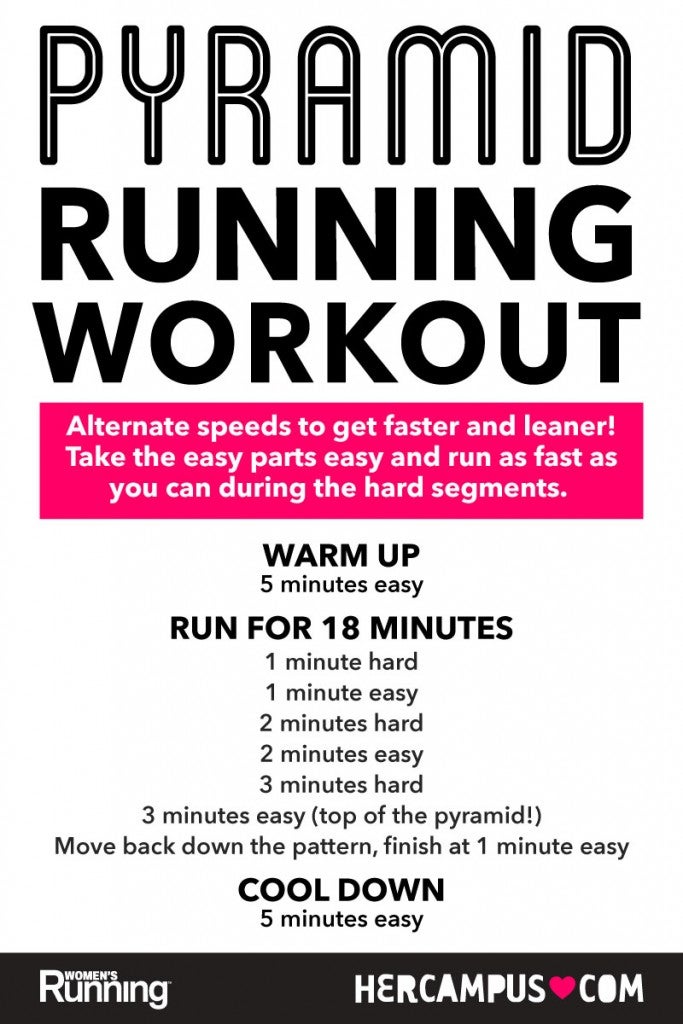Running Workout Tips: Boost Your Efficiency Today
Running Workout Tips: Boost Your Efficiency Today
Blog Article
How to Avoid and Manage Discomfort in Running: Professional Tips and Recommendations
The quest of that jogger's high can often be hindered by the unwanted companion of pain. There exist tried and tested methods and expert recommendations that can help alleviate and manage these pains, permitting you to concentrate on the joy of running itself.
Relevance of Appropriate Footwear
Correct footwear plays an important duty in stopping and managing pain for joggers, as it substantially affects their convenience, performance, and total foot wellness. When it concerns running, putting on the right footwear can make all the distinction. Uncomfortable or improper footwear can cause a host of issues such as blisters, shin splints, plantar fasciitis, and a lot more serious injuries like stress fractures.
Picking the right running footwear involves thinking about factors such as foot kind, gait mechanics, running surface, and personal choices. Runners with high arches may require more padding and assistance, while those with flat feet could gain from security shoes. In addition, recognizing pronation (the inward rolling of the foot) and supination (the external rolling of the foot) can help in selecting footwear that supply the ideal level of arch support.
Purchasing high quality operating footwear that are appropriate for your individual demands can assist prevent pain and discomfort while improving your running experience. Prioritizing correct footwear is not practically performance however additionally concerning safeguarding your foot health and wellness in the future.

Reliable Warm-up Techniques
Footwear selection is just one facet of preparing for a successful run; one more critical element is executing efficient warm-up techniques to maximize efficiency and lower the threat of injury. A dynamic workout regimen before a run assists increase blood circulation to the muscular tissues, boosts flexibility, and boosts the range of activity of the joints. Dynamic extends like leg swings, high knees, and hip circles are helpful in preparing the body for the physical demands of running. Slowly enhancing the intensity of the workout workouts can help activate the muscle mass and boost neuromuscular control.
Along with vibrant stretches, incorporating some light cardio workouts such as jogging or missing rope can even more raise the heart rate and heat up the body. This mix of vibrant stretching and light cardio helps loosen tight muscles, oil the joints, and mentally prepares the jogger for the upcoming workout (running strategy). By making workouts a constant part of your running regimen, you can substantially decrease the threat of injuries and carry out at your ideal throughout each run
Trick Stretching Workouts
When preparing for a run, integrating vital stretching exercises is necessary to enhance muscle adaptability and stop injuries - Read More. Dynamic stretches such as leg swings, high knees, and hip circles are advantageous for warming up the muscular tissues and enhancing variety of activity prior to a run. These motions help boost blood flow, loosen up tight muscles, and prepare the body for the activity ahead
Fixed stretches like calf bone stretches, hamstring stretches, and quadriceps stretches should follow a run to help in muscle mass recuperation and protect against rigidity. Holding each stretch for 15-30 secs permits the muscular tissues to unwind and elongate, decreasing the threat of post-run discomfort and prospective injuries.
Furthermore, including yoga exercise postures like descending pet dog, pigeon pose, and spinal twists can target multiple muscle teams all at once, advertising general adaptability and toughness. Constant extending regimens not only boost performance however likewise assist in keeping great running type and stopping overuse injuries. Remember, appropriate stretching methods are crucial for a safe and satisfying running experience.
Healing and Rest Methods
After completing a run, applying reliable healing and rest methods is essential for taking full advantage of efficiency and lessening the threat of injuries. Additionally, integrating remainder days into your training timetable is crucial to stop overuse injuries and burnout.
Active healing techniques such as gentle extending, foam rolling, and yoga can aid enhance circulation, lower muscle discomfort, and enhance versatility. It is also helpful to focus on hydration and nutrition post-run to renew electrolytes, glycogen shops, and promote muscle healing.
Cross-training activities like swimming or biking can provide a break from the recurring impact of running while still preserving cardio fitness - running strategy. Listening to your body and recognizing when it requires a break is key to avoid persistent injuries and guaranteeing long-lasting running success. Remember, rest is not a sign of weakness however a vital part of an all-around training regimen
Cross-Training Advantages

Furthermore, cross-training help in stopping mental fatigue by including variety to your exercise regimen, maintaining you inspired and taken part in your fitness journey. It permits you to work with different aspects of health and fitness that may not be targeted only through running, resulting in a much more well balanced and versatile athlete. Furthermore, cross-training can aid boost running effectiveness by attending to muscle discrepancies and weaknesses that may impede efficiency. Generally, incorporating cross-training into your regimen can result in improved endurance, speed, and general sports efficiency while decreasing the chance of injury.
Final Thought
Finally, proper shoes, workout techniques, stretching workouts, healing methods, and cross-training are crucial elements in preventing and managing discomfort in running. By including these practices into your regimen, you can lessen the threat of injury and discomfort while making the most of performance and enjoyment of the sporting activity. Read More. Remember to pay attention to your body, prioritize rest and recuperation, and seek professional assistance when needed to make certain a secure and effective running experience
Report this page